
Background
The Swedish Saab Viggen is a somewhat iconic aircraft, with its distinctive shape certainly setting it apart from other combat aircraft of its generation. The Viggen had long gestation period, the concept studies were undertaken between 1952 and 1957. From the onset, the Viggen was planned as an integrated weapon system along with the Swedish Electronic Defence System [STRIL-60]. It was so effective partnership, the Viggen is the only acknowledged aircraft to attain a radar lock on the SR-71. The Viggen was designed with a STOL capability particularly important for the Swedish Bas 60 Air Base System and later the Bas 90 which included improvised road operations. Although credited for starting the use of canards on combat aircraft. The Viggens canards were designed to provide additional lift to increase its STOL capability. Modern day canards are principally used to increase manoeuvrability. 1964 saw the construction of the first prototype aircraft commenced and the first flight was the 8th February 1967 powered by the Volvo RM8 turbofan engine. The Volvo RM8 was a heavily re-designed version of the Pratt & Whitney JT8D engine and unusually for a strike fighter had reverse thrust.
This particular version: the AJ 37 strike fighter, that Special Hobby has released: was designed and developed as a strike fighter and was the initial version of the Viggen introduced into the Swedish Air Force in 1971
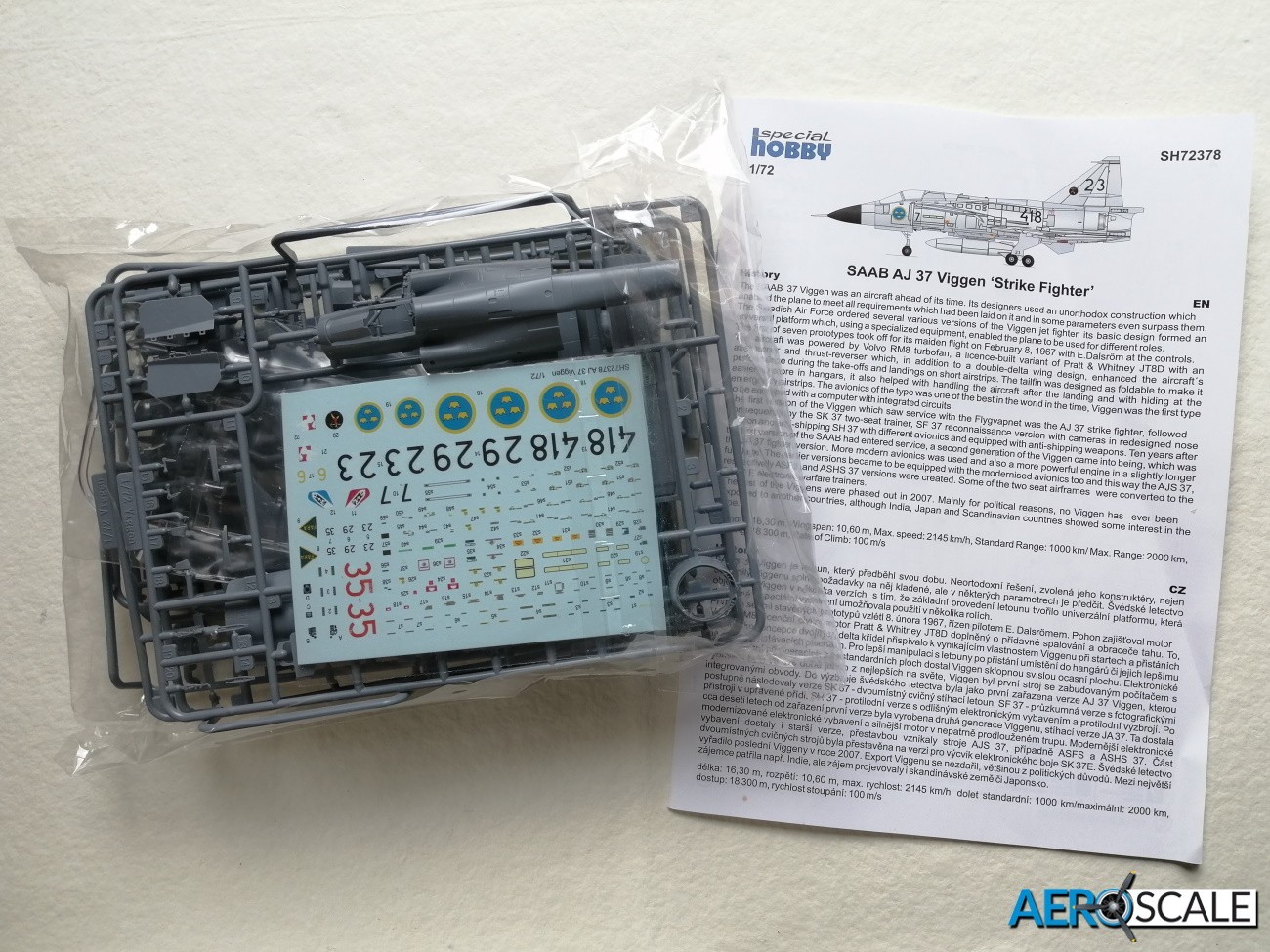
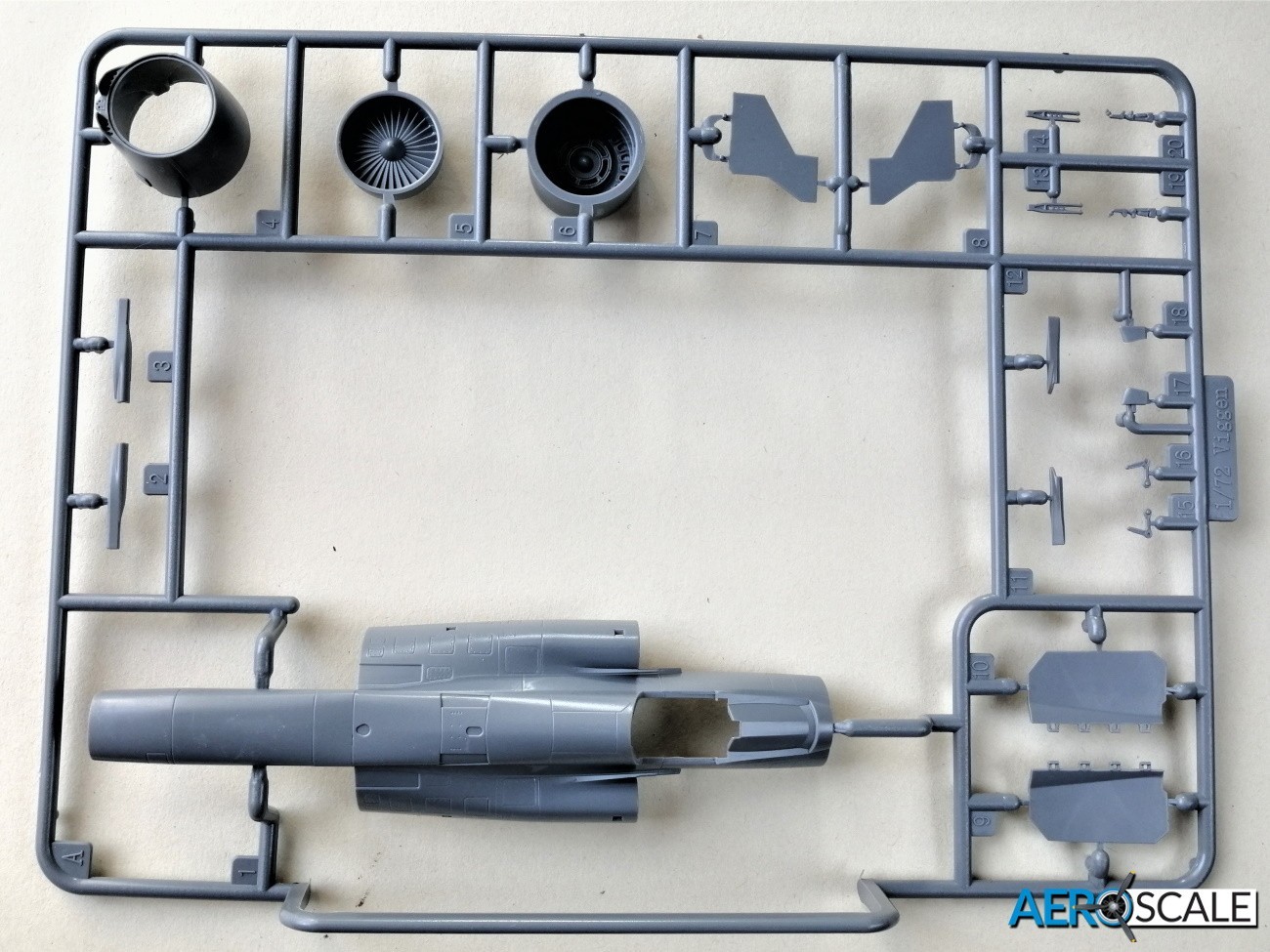
The Kit
Special Hobby teamed up with Tarangus to produce a series of 1:72 scale Viggens in 2018. This is a re-release of the AJ-37 that was released as a 2in1 with the SK-37 trainer. There are three new set of markings included with this re-release. The parts are contained in a top opening box. All the contents are tightly packed in one bag. The decals and clear parts are packed separately within. Overall, the recessed detail looks OK if a touch wide, though it looks consistent. There are locating pins for the main components and recesses for some of the smaller details.
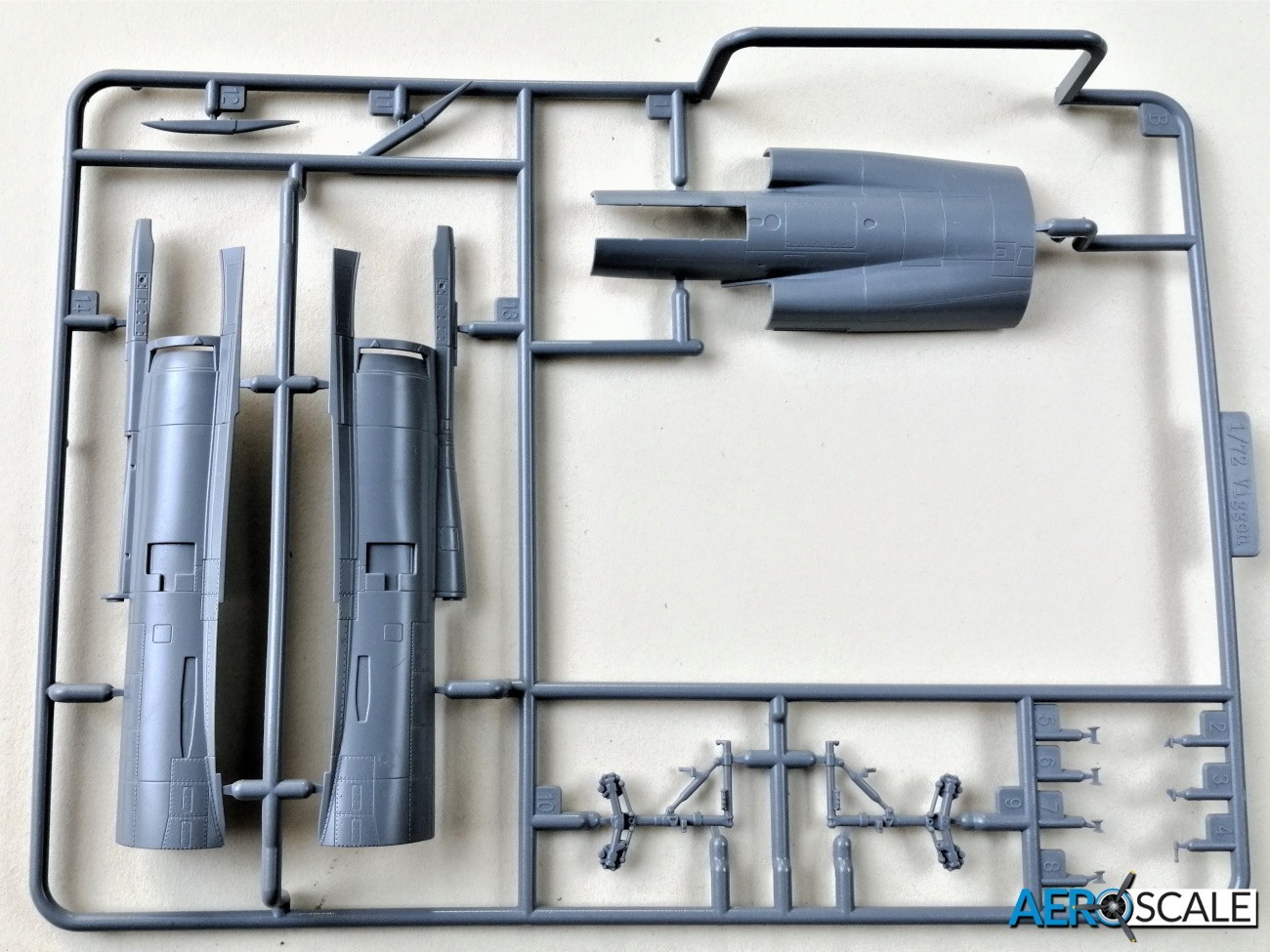


The detailed cockpit consists of eight parts including cockpit tub with side consoles, instrument panel [IPO], control stick. two additional side consoles and a couple of knobs. The detail on the IP and side consoles is really well done and there is enough relief for the detail to be emphasised with some careful dry brushing. There are four small decals for the instrument panel if you prefer. The Raketstol 37 ejection seat is made up from three parts, though there are no harnesses.
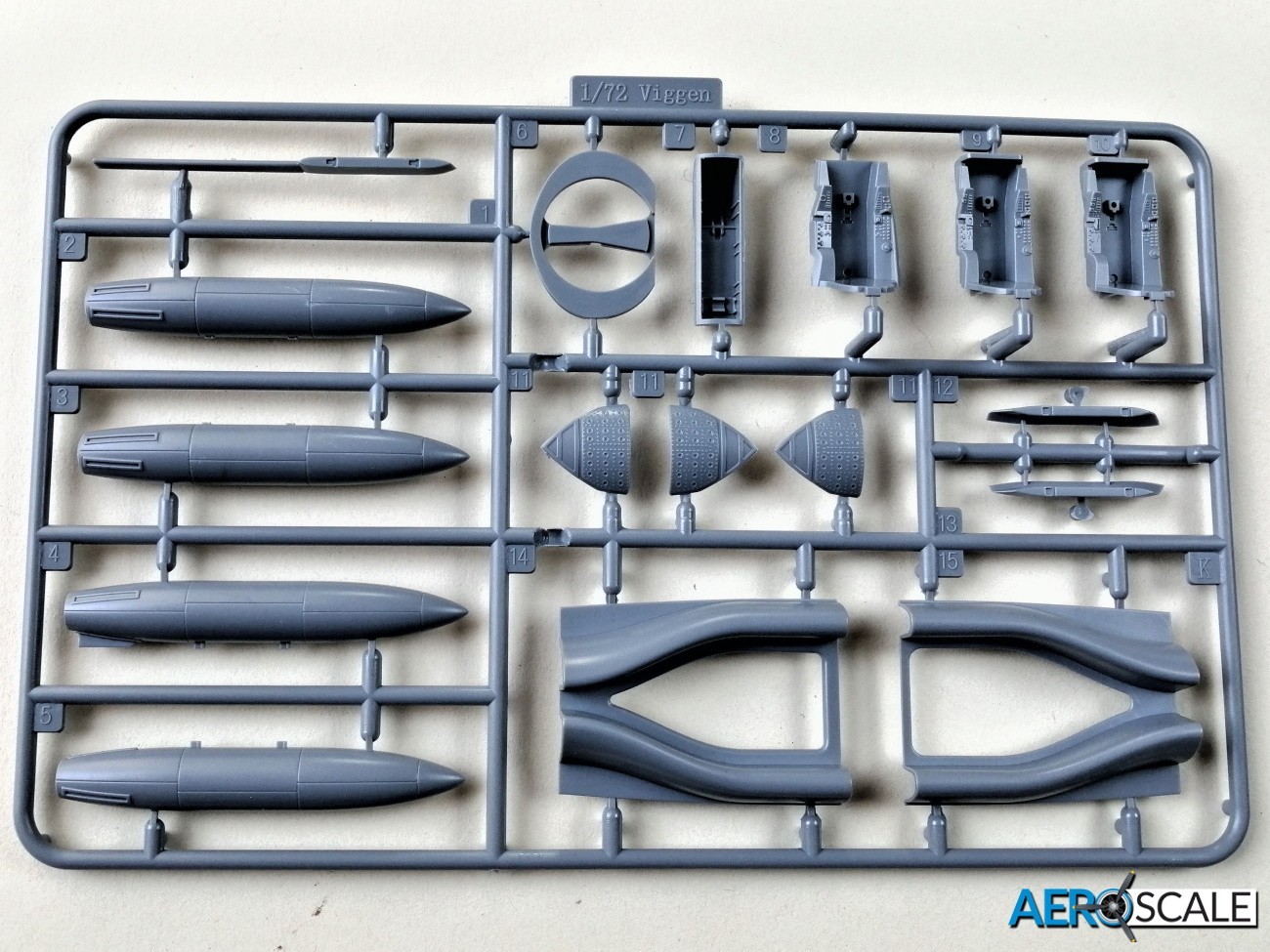



The construction of the fuselage seems to be a complex affair. The fuselage shape looks as if it’s the product of the area rule so there are series of subtle curves, so probably the reason why the fuselage is broken down into so many components. Eight parts including the one-piece lower wing and two-part radome make up the fuselage. The first part of the two air intakes for the engine are one piece. Before closing up the fuselage there are several structures to install. These include nose undercarriage bay, cockpit, two-part engine air intake ducts, primary compressor blades, the detailed APU bay, and the rear part of the engine. The engine detail looks good including the primary compressor for the big Volvo RM8 turbofan engine, though I will doubt you’ll see much of it. Also worth noting how well the re-heat matrix is represented. If you want to display the APU turbine, then you need to cut out the plastic where the door is located. There is a separate door to fit so you don’t need to be too anxious removing the unwanted plastic. The three nicely detailed petals that make up the nozzle and reverse thrust can be modelled open or closed. The air brakes can be shown open or closed also. There is no detail behind the airbrakes or actuators for them if displaying them open. The air brakes on the lower surface have a perforated pattern on them. There are twenty three perforations on each air brake flap so it wouldn’t be a massive job drilling them out for that more authentic look.
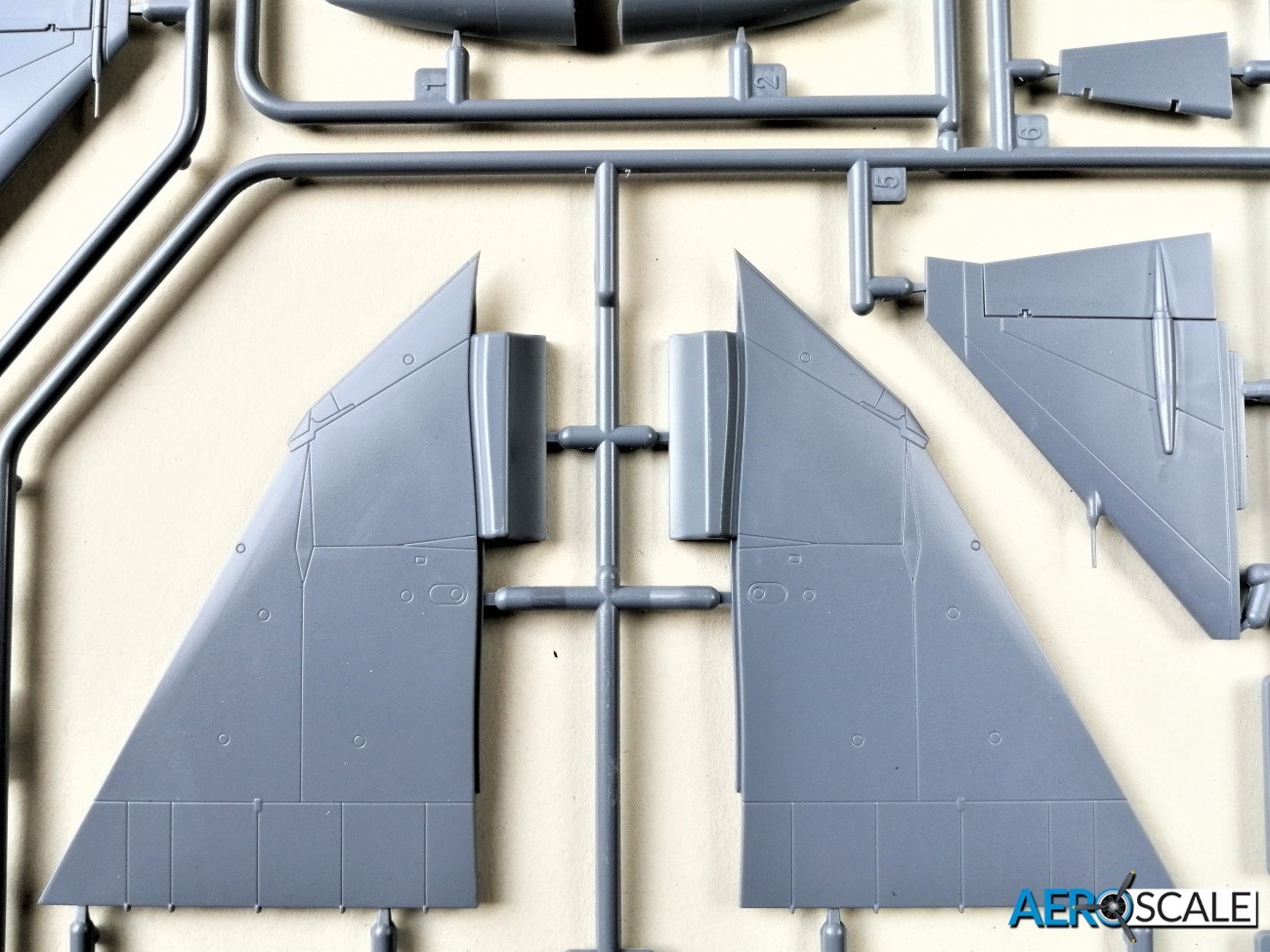
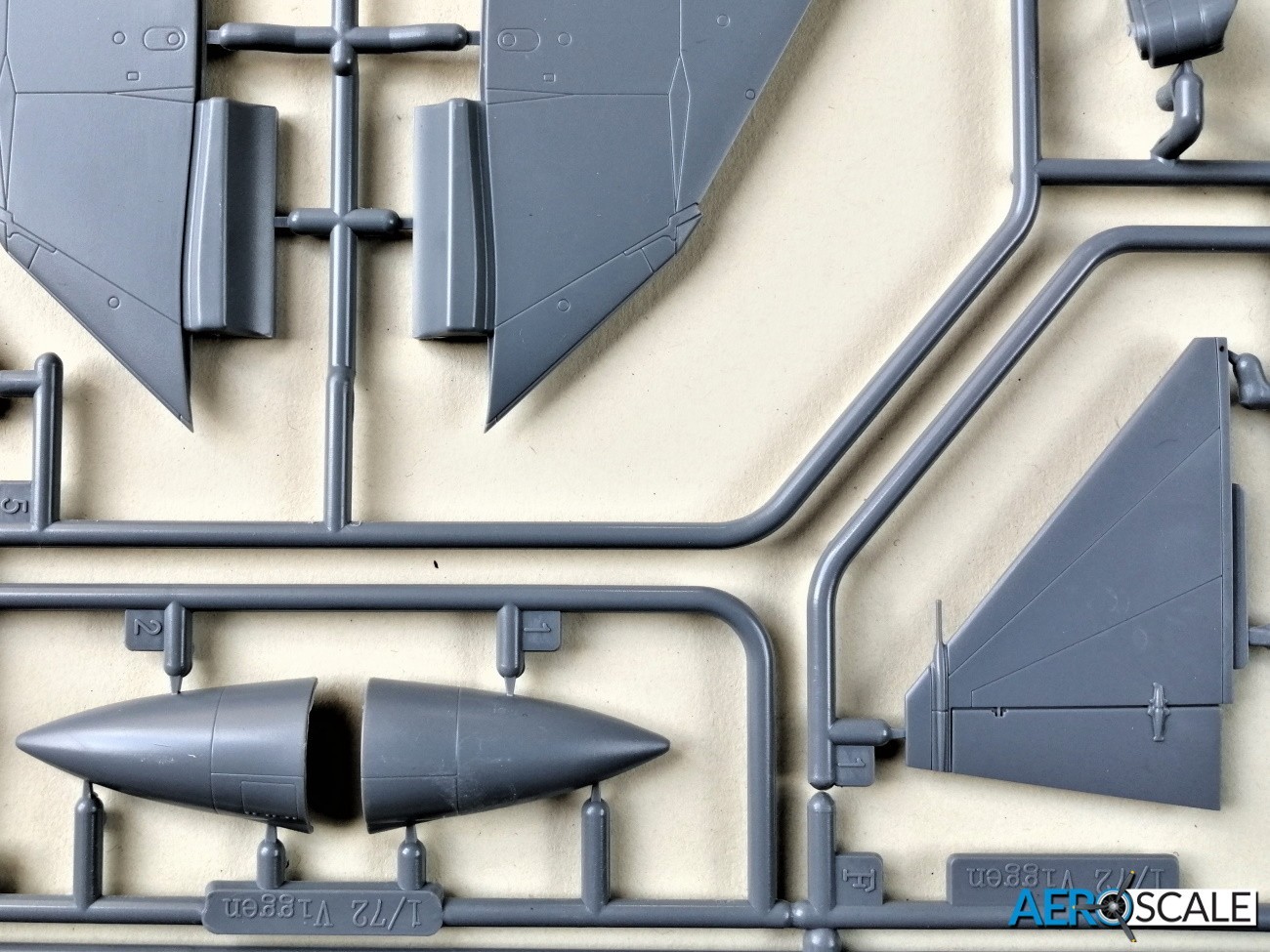
The main wings have a one piece lower that incorporates all of the flaps and most of the leading edge. Unfortunately, there are lines of sink marks on the upper surfaces of the flaps corresponding to the flap actuators underneath. Happily, there is little detail around the sink marks so they should be easy enough to deal with. The flaps for the canards are separate and can be mounted dropped or in the neutral position. The detail produced in the upper wing for the wheel bay is superb and includes the outer casing of the engine. Although there is always room for extra pipe work.
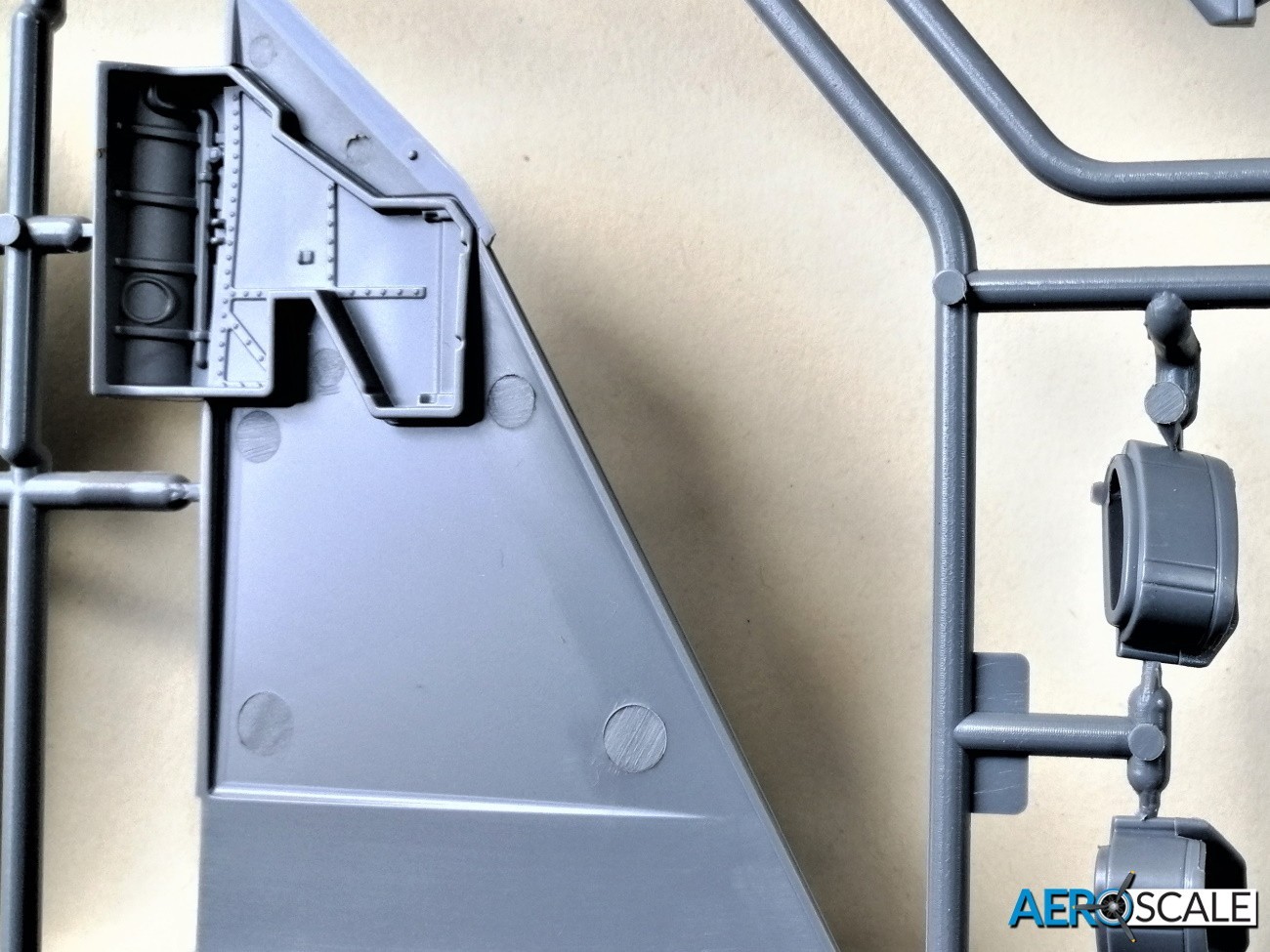

The rather robust looking undercarriage of the Viggen looks well represented. As mentioned, the main wheel bay detail is excellent, although the one-piece nose wheel bay is less detailed. The lack of detail will be hidden by the leg and undercarriage doors. The undercarriage legs are nicely detailed and looks strong. The main undercarriage legs are each made up from five parts and tere is a generous amount of contact area for gluing into the bay. The four-part nose leg also has a pretty positive looking contact point to the bay. There are a couple of clear parts for the landing lights. The wheels are all one piece and have good hub detail. The undercarriage doors are well detailed and include activation jacks.


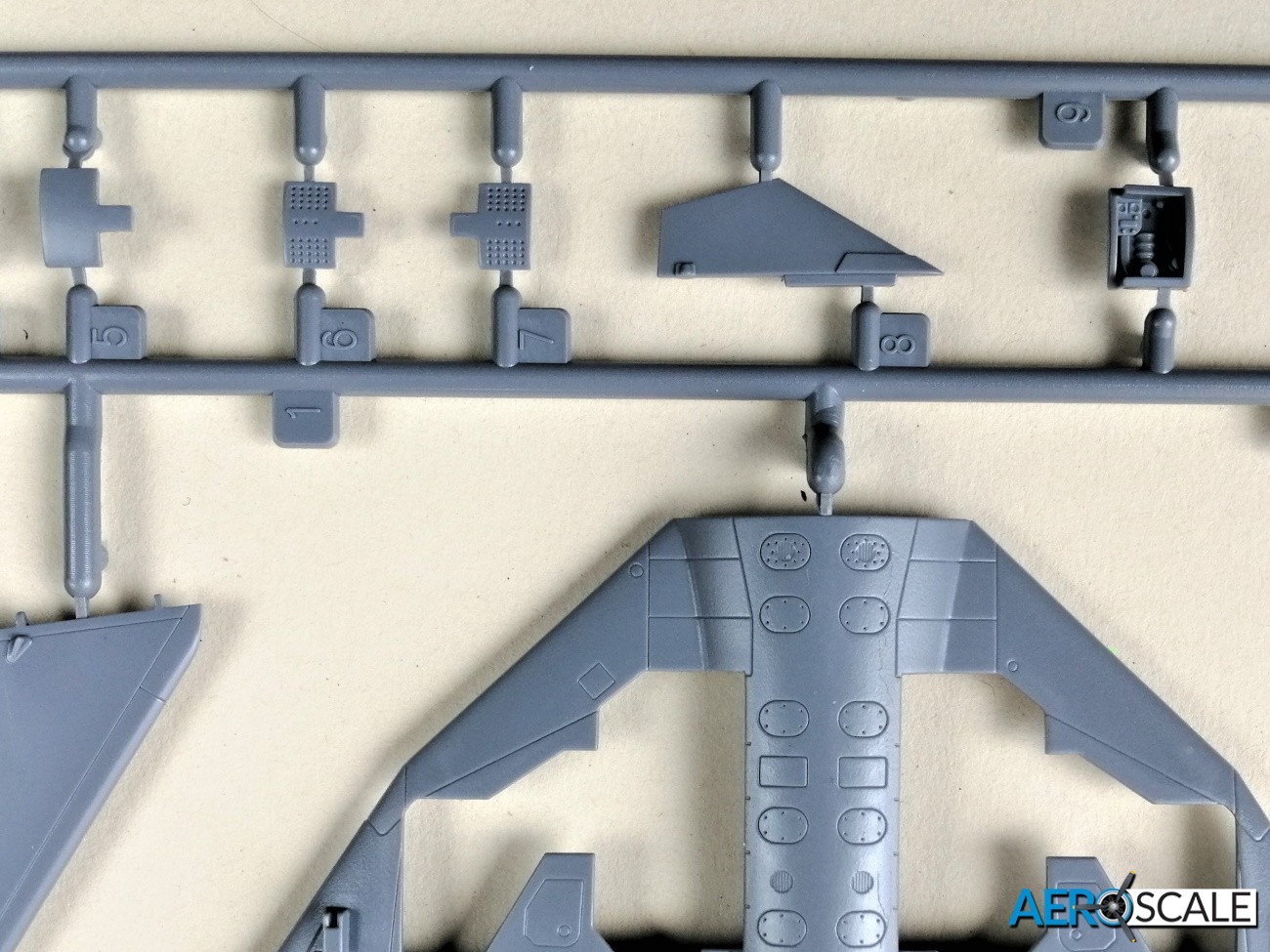
There is no armament included which is a shame. Just a large fuel tank [two supplied] to sling beneath the fuselage.
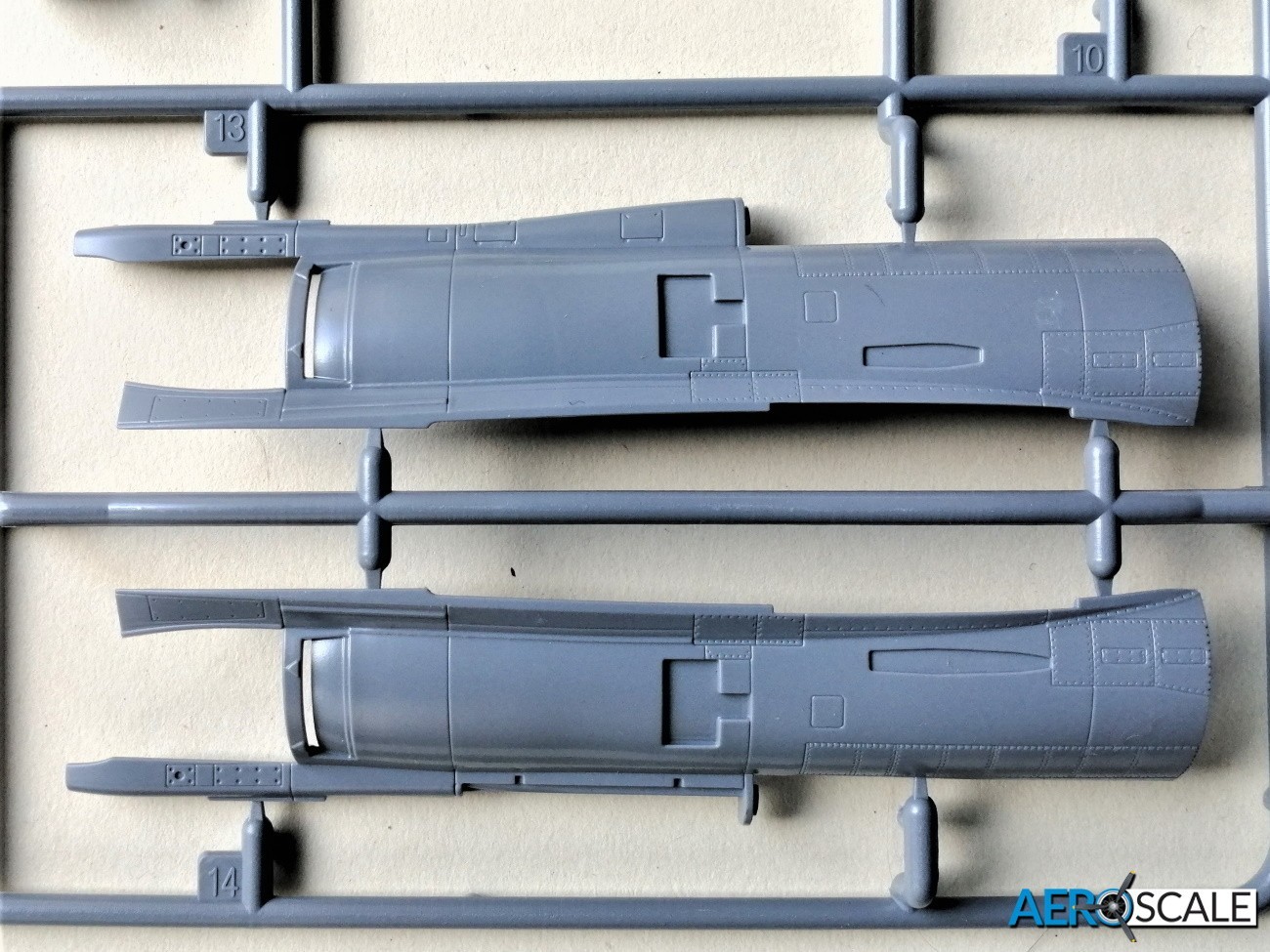
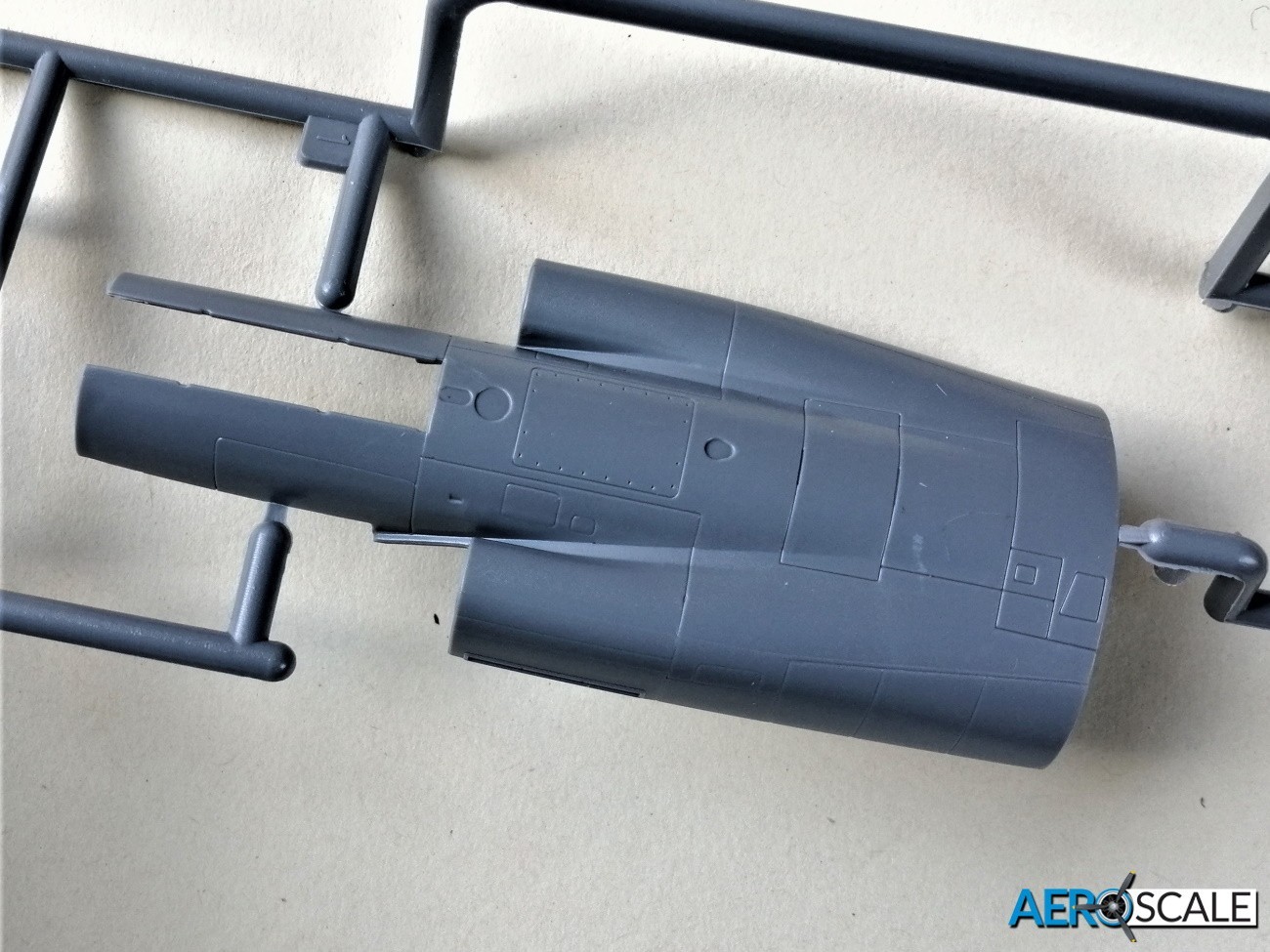
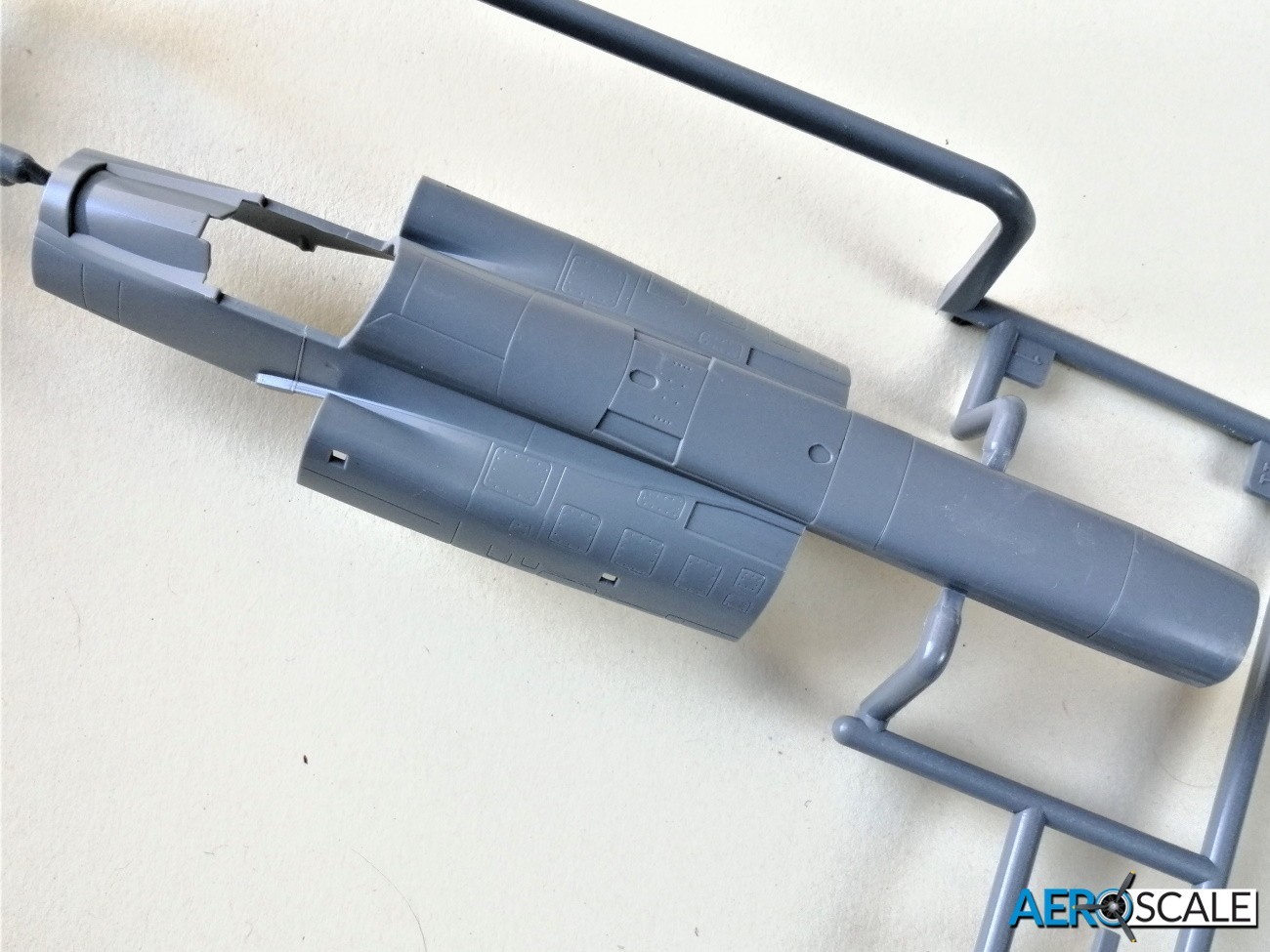
Decals look very good and are well printed; definition looks sharp and the colour strength looks excellent. Even the unusual character of the numbers looks spot on. The sheet includes a wealth of stencils and Squadron badges as well as formation lights.
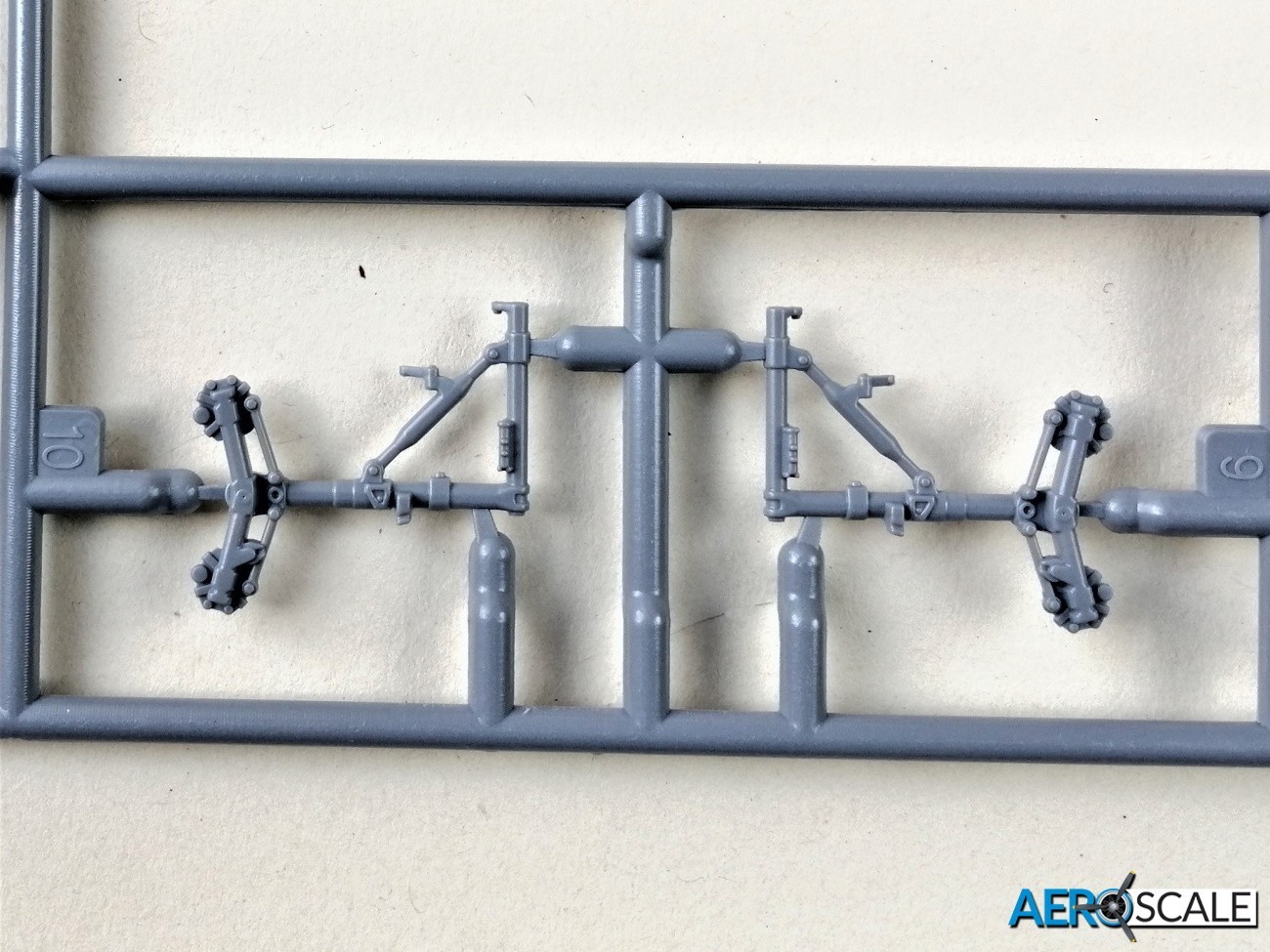


There are three marking options: two natural metal and the rather challenging splinter camouflage scheme.
- AJ-37 Viggen 37023/7-23/418, Wing F7, Sätenäs, July 1972 [bare metal]. This Viggen was zapped by 323 Sq. RNAF as their badge can be seen on the port side of the fin.
- AJ-37 Viggen 37029/7-29, Wing F7, Sätenäs, July 1975 [bare metal]
- AJ-37 viggen 37035/6-35, Wing F6, Karsborg, September 1984 [splinter camouflage]
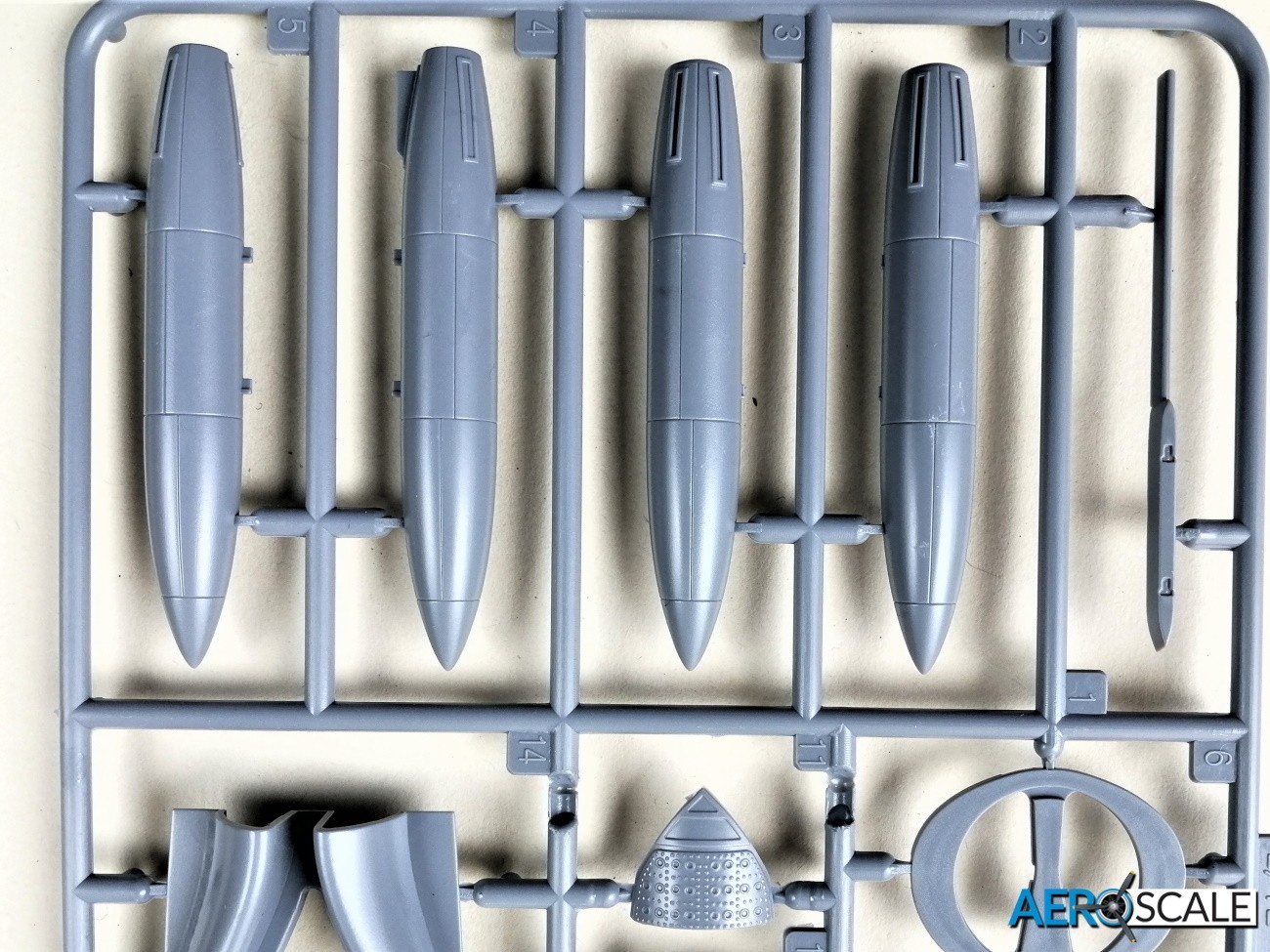

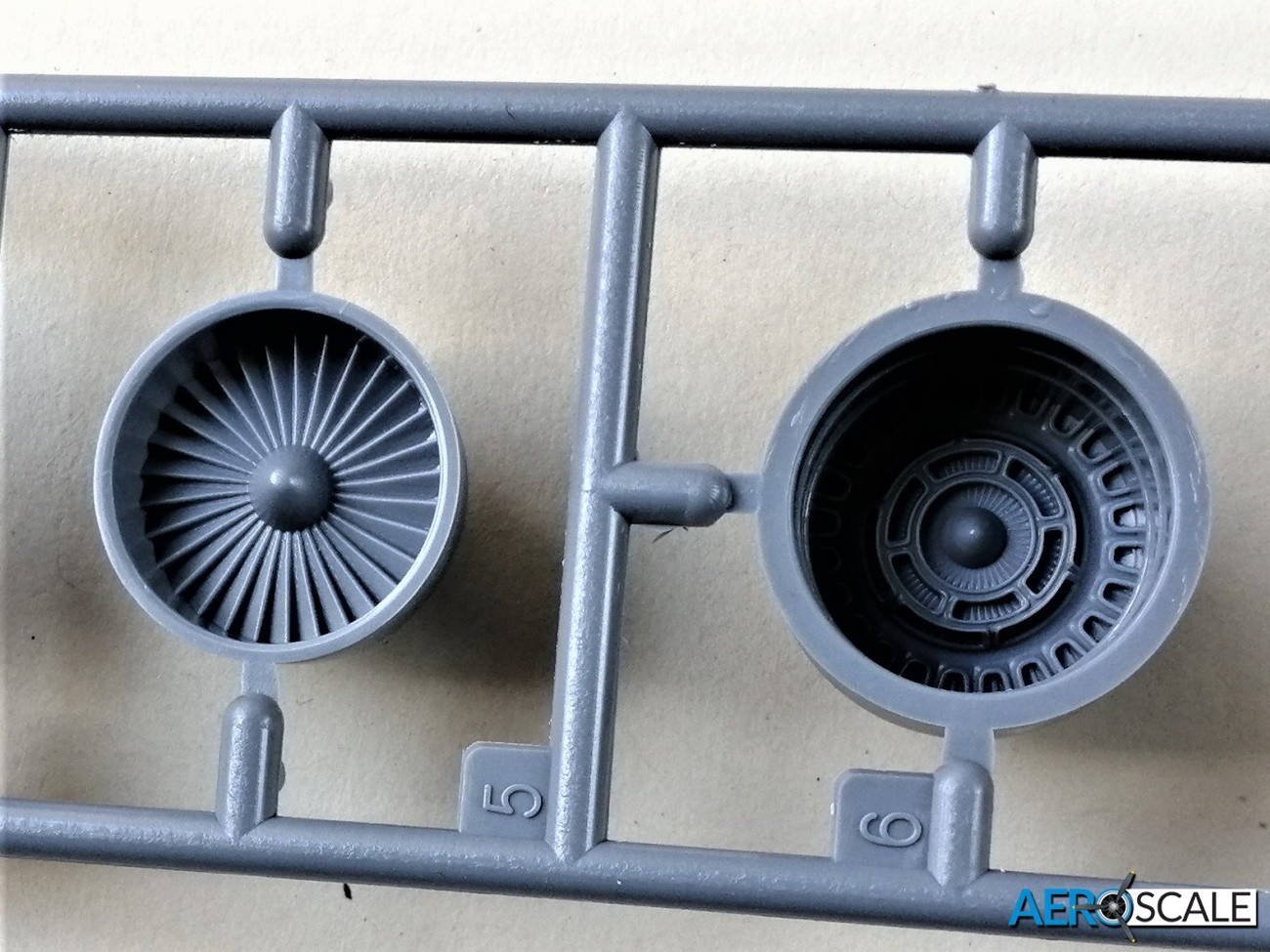
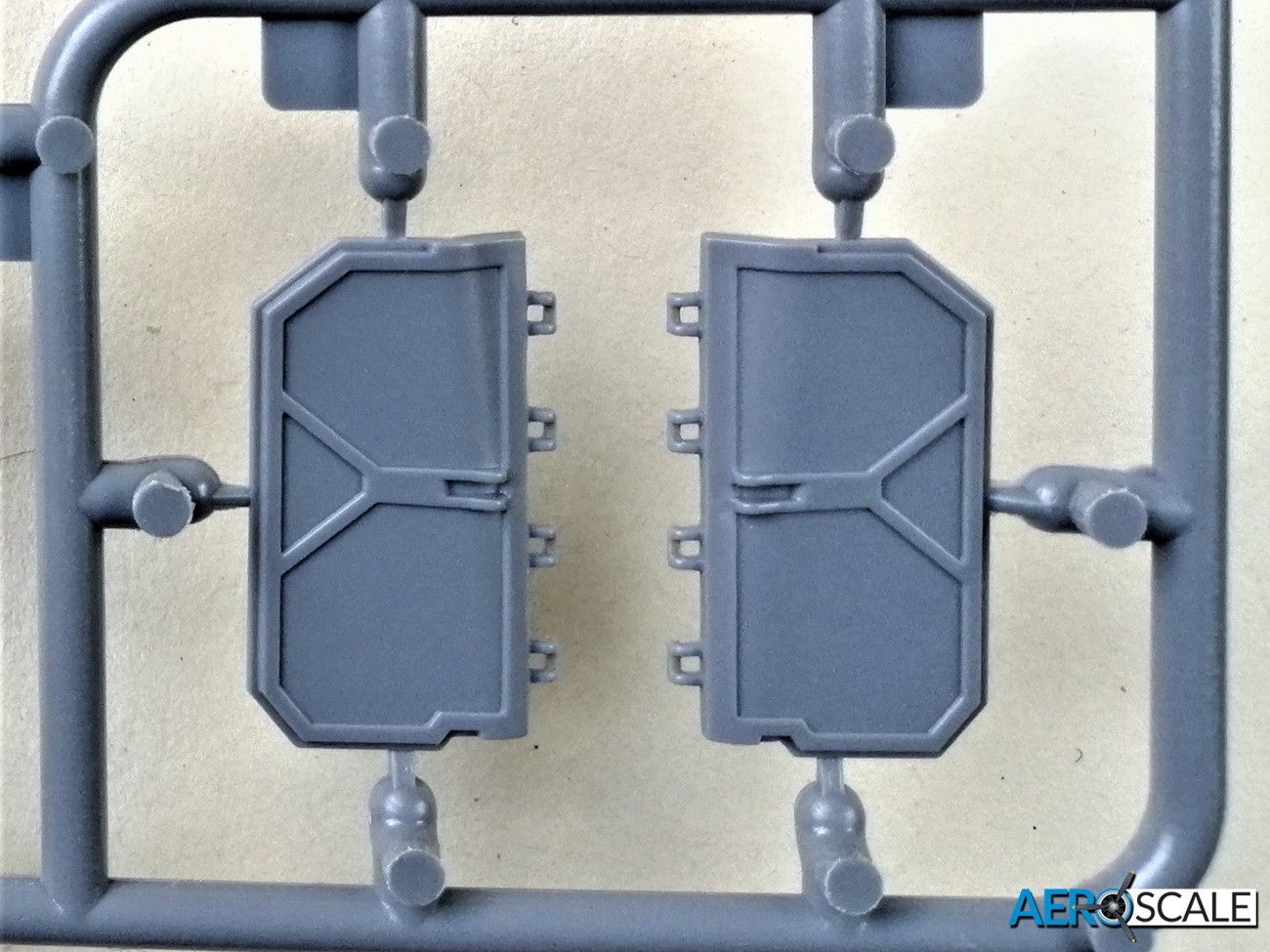
The A4 format twenty-page instruction manual is packed with exploded views to help you build the kit. Be aware there are variation in parts depending which marking option you are going for. The painting guide provides four view illusrations of each of the three marking options. Colour reference use Gunze Sangyo paints




Conclusions
Its good to see Special Hobby re-release this iconic Cold War warrior. It’s a fine-looking kit although some might be put off by the complex fuselage construction. Detail looks good generally and the only flaw are the sink marks on the flaps. The marking options typify the AJ-37 and so are a good choice. A kit for the more experienced modellers, but still highly recommended.


Many thanks to Special Hobby for the review sample and to Rowan for passing it on to me
SH72378 – Saab AJ-37 Viggen ‘Strike Fighter’ - 1:72



Please remember, when contacting retailers or manufacturers, to mention that you saw their products highlighted here – on AEROSCALE.



























